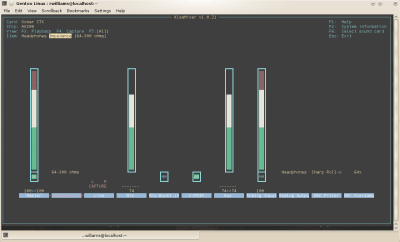Funny ya should mention those cards.... they aren't as rosey in my mind as they used to be. Don't get me wrong, the sound quality is excellent for me... but the microphone support completely sucks.
I have always had issues being heard over my mic with the Xonar sound card. I have maxed out the volume in Windows, inside the application, enabled mic boost in both windows AND the application, and I even bought a special mic with a volume control built into it and STILL people say I'm too quiet to hear over games. I tried normal mics, a cheap mic, and even a Logitech USB mic and all were the same volume levels (and the Logitech was full of line noise, mic was the most expensive of the lot and the most useless).
It's gotten to the point where the only way I can be heard at normal levels is to enable my onboard sound and plug a microphone into that. This bypasses the ASUS sound drivers (which are the problem here) and uses Window's default drivers. Using Windows 7's default drivers AND Realtek's drivers both gave me good results and people can actually hear me again.
I had this problem with Vista as well, as that was when I had bought the card, so it's fairly evident ASUS's drivers need plenty of work as far as microphone support goes. Even the Azalia HD audio had more microphone options, higher boost levels, and various types of noise cancellation features.


